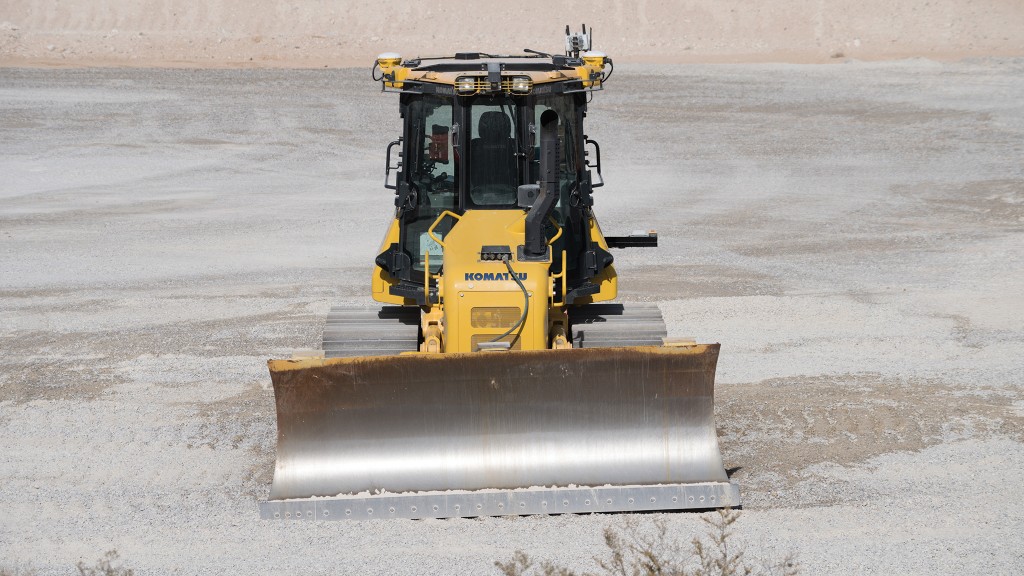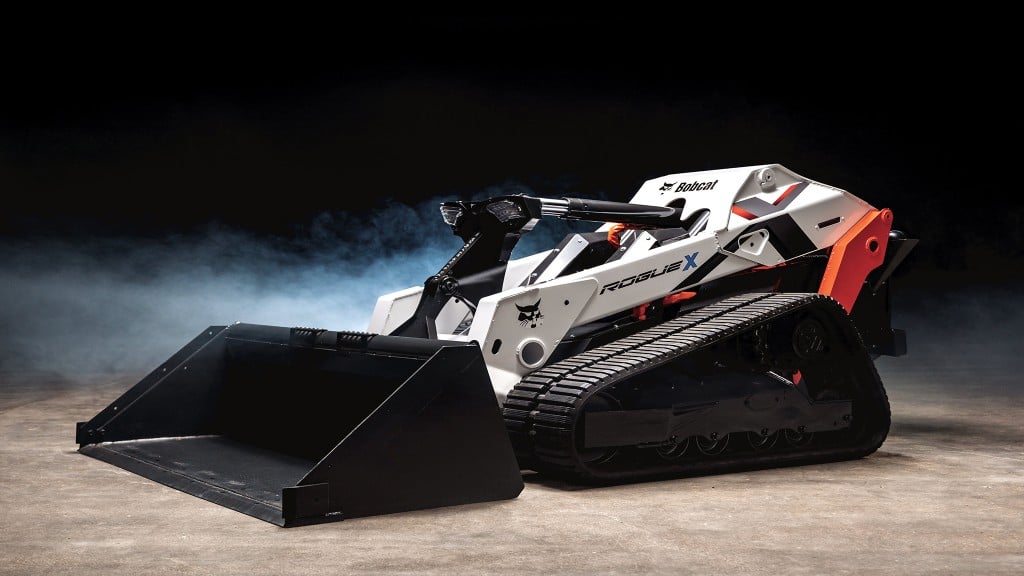The fully autonomous job site is a work in progress
Autonomous technology has made big strides but the journey is far from over

Just about every new car comes standard with electric windows, Bluetooth radios, automatic transmissions, and rear-view cameras. We don't question when these technologies became the norm, we just accept them as being part of modern vehicles. Corrective steering, obstacle detection, and self-parking are on a similar path to normalization. A technology is developed and implemented, proven to be effective and useful, and then is widely adopted often without much fanfare. The trajectory to a fully autonomous job site will follow the same basic pattern. Single tasks will be automated, one at a time, eventually leading to the automation of all heavy equipment tasks.
What does the autonomous job site look like now?
Partial autonomy has been around for about 20 years. But currently, there are several automated technologies developing all at once. Each one is reliant on the application, the job site, and the geography. And, each is progressing at different speeds depending on the application.
For example, Trimble has developed semi-autonomous asphalt paver technology for an OEM. It can automatically steer and control the depth and slope of the screed. Trimble General Manager for Civil Specialty Solutions Kevin Garcia says, "The more of that we can automate, the more operators can focus on things like, am I holding a consistent paving speed? Do I have enough material in the paver to continue to pave without stopping? Where are my trucks? Can I manage those? Is the shuttle buggy in position? There are numerous things that a paver operator has to keep their mind on. The more of those we can take away from them, the better."
There is also path planning - the ability to plan complicated paths and routes for different types of machines to go back and forth on a job site whether they are articulating, front steer, or skid steer. On this, Trimble Strategic Marketing Manager Kevin Andrews says, "We've done a lot with that in the recent term. And that's going to enable a lot of new products."
There are machine control systems with various levels of autonomy. Trimble Earthworks with Horizontal Steering Control for dozers automatically controls the machine to follow any horizontal alignment from the 3D model while also running automatics on the blade. With Trimble Earthworks for excavators, the operator controls the stick, and the technology controls the boom and bucket (the blade tilt of the bucket can also be automated).
The advantages of autonomy on construction job sites
The advantages autonomy brings to contractors and operators on the job site are vast. Efficiency and productivity are increased. Safety is elevated. The technology can compensate for workforce shortages by turning good operators into highly skilled operators. This is especially true for the next generation of contractors and operators, as they have grown up with connectivity and have a deeper trust of the technology as well as a robust understanding of autonomous functionality. The retirement of skilled operators in an aging workforce will leave big gaps to fill.
Autonomy can also help to alleviate current supply chain issues by improving the efficiency of warehousing and manufacturing with data from job sites. Garcia adds, "We have an infrastructure bill that has dollars to be spent on infrastructure. It's going to be hard to spend them if we don't find ways to get creative with the fact that machines are not readily available, parts are not readily available, people are not readily available."
What makes up a fully autonomous job site?
Expect connected site technology to be at the centre of the fully autonomous job site. It enables the orchestration of multiple machine types from different equipment manufacturers. In turn, optimization of various business goals such as the speed of a job or sustainability requisites can be achieved. It would also be necessary to create a standard autonomy language. Garcia explains, "We're going to need a world of ISO standards that are talking about the data communication protocols. What is the frequency? What are the coordinate systems everyone's working in? What are the material types? And if I introduce a machine, how does that change the workflow to the others? This can't be prescriptive. We can't tell a machine, ‘Go do this' because that thing you told it to do might not be right for this minute."
This will also necessitate a partnership between equipment manufacturers and the engineers creating autonomous systems. Marrying the data from the two will expedite the advancement of the technology.
According to both Garcia and Andrews, in the future, when the software, artificial intelligence, and neural networks are fully developed, it is conceivable that an entire job site could be designed and built digitally in a matter of seconds. Prior to executing anything in the field, you can start running scenario planning in which various situations can be added or subtracted from the digital model. Garcia lays it out like this: "What if I built it this way with this many shifts and this many people and this many machines of this class? How long is it going to take me and what's my cost? Now let's introduce two more machines or an extra shift or taking Thursdays off and add in weather conditions. We will have so much more information that the job itself will just be kind of an afterthought."
There will be an emphasis on developing workflows between machines, such as dozers working with compactors and systems that allow operators to perform a complex task with one machine while an autonomous machine completes a less complex task on the same job site.
When will construction job sites be fully autonomous?
Garcia says companies and contractors often ask him when a fully developed autonomous job site will be available to them, alluding to the idea that the market is ready to adopt the technology now. Environmental concerns and energy costs will likely be the main motivations driving the push to find the efficiencies that come from autonomy.
But this is not a simple math equation that needs to be solved, and spending more money on its development would not necessarily speed up the process. Basically, it's going to take time, mistakes are going to be made by those pioneering the technology, and lessons will be learned from those setbacks. At this point, the question is not how, but when, because the determination to achieve full autonomy carries on until the job is done.



